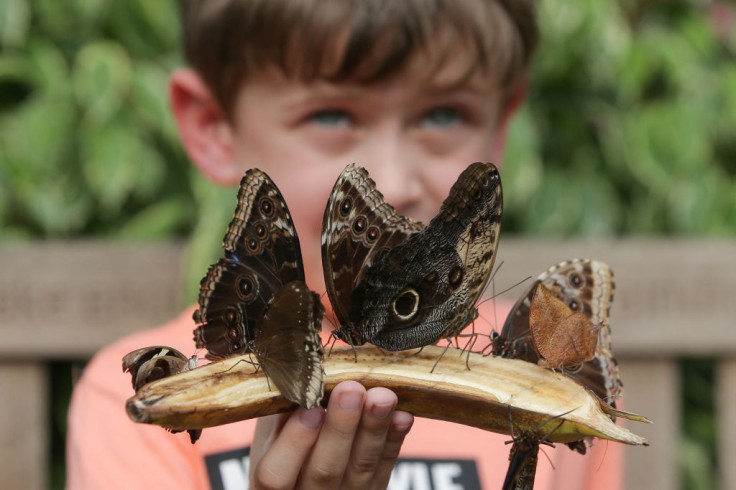
A DNA-carrying gel may soon become the first US-government-approved skin treatment for a rare and devastating skin disease called epidermolysis bullosa (EB).
Patients inflicted with EB are known as butterfly children, as they have skin so fragile like that of a butterfly wing. A simple touch can inflict wounds that may take time or never fully heal. A recent study on patients found that a DNA-carrying gel can help mend their skin, significantly improving the patient's quality of life, Science.org reports.
Butterfly children
Patients with EB are born with a rare genetic condition where patients cannot produce a collagen "glue" that binds the inner layer of the skin (dermis) with the outer layer of the skin. Their skin is so delicate that even the slightest touch can cause the skin to rupture and blister for months.
Butterfly children's skin tears easily, and blisters can quickly form on friction-prone areas like the elbows, knees, and esophagus. The tearing can cause open wounds, infection, skin cancer, and death. According to Medical Express, there are as many as 30,000 EB patients in the United States, and there is no known treatment for the disorder.
So far, experimental treatments include skin grafts or stem cells. In 2017, laboratory-grown sheets of stem cells saved a boy who had lost most of his skin. However, health experts say the option requires hospital stays and anesthesia, which may be unaffordable in many countries.
The promising treatment
Knowing that the patients lacked a skin protein called collagen VII, a team led by Stanford University School of Medicine dermatologist Peter Marinkovich developed a gel containing herpes simplex virus 1, a virus known for causing cold sores. He modified the gel to carry the gene for collagen VII, but it was also engineered so it could not replicate.
In 2018, the study team launched a clinical trial funded by the company Krystal Biotech Inc. They tried the treatment on nine patients, three of them children. Researchers sprinkled the wounds with drops of the gel, then spread a bandage. The therapy was every one to three days for 25 days.
Except for one case, the wounds healed within three months after the treatment ended. One of the patient's five-year-old foot wounds needed two treatment cycles but were healed after eight months. In contrast, the wounds that researchers treated with a placebo sometimes healed but would reopen. Marinkovich noted that not every wound treated with the gel healed entirely, but the results were "quite good."
New hope
The trials reported no side effects. According to Goodnewsnetwork.org, Herpes is extremely difficult to detect, making it an excellent vector for gene therapies. Marinkovich said it is not a permanent cure, but it is a way to keep on top of the wounds. He also noted that it significantly improves patients' quality of life.
The research team now plans to test the gel on other wounds of butterfly children like the corneas, esophagus, and anus.
Stem cell biologist Michele de Luca of the University of Modena and Reggio Emilia, whose stem cell treatment saved the boy in 2017, said that the study is "quite nice." De Luca suggests that the two therapies be combined with gel treatments for minor wounds and stem cell or skin grafts for larger affected areas.
Last week, Marinkovich presented positive results from a larger trial of the treatment gel. Krystal Biotech plans to seek FDA regulatory approval this year.
